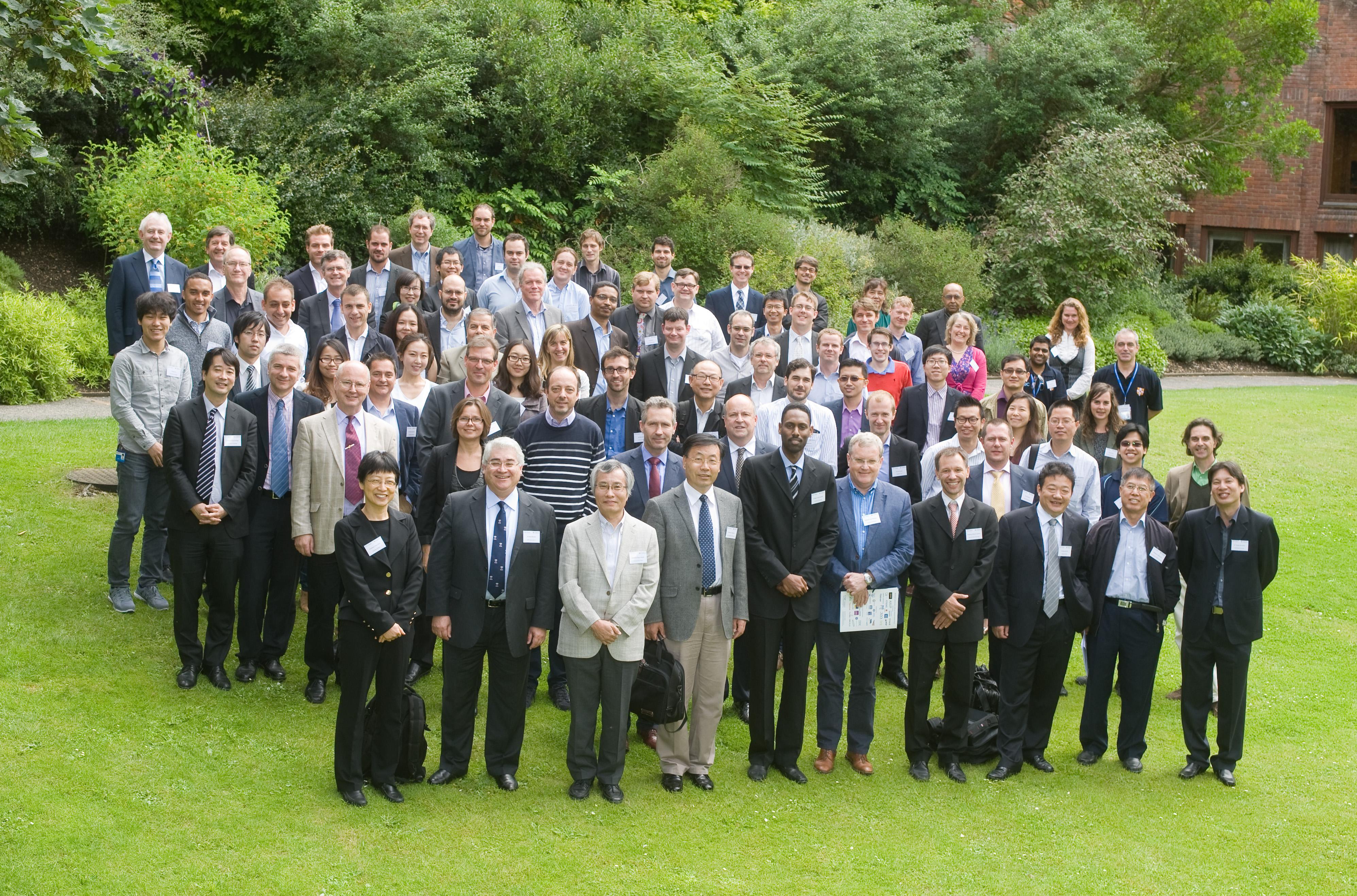
Submitted by Administrator on Fri, 25/07/2014 - 17:43
The inaugural Cambridge Conference on Fibre Optic Sensing in Civil Infrastructure (CamFOS) marked another first in bringing leading international FOS experts together at the University.
The event, held at Robinson College from 30 June to 1 July, showcased the latest developments associated with the advances in fibre optic sensing technology together with the field deployments; it also demonstrated how fibre optic sensing could deliver value for designers, contractors and clients to realise the transformative benefits of incorporating the technology in civil infrastructure.
CSIC’s Dr Mohammed Elshafie, Lecturer in Construction Engineering at the Laing O'Rourke Centre for Construction Engineering & Technology at the Department of Engineering, University of Cambridge, and organiser of CamFOS said: “This was the first time the developers and the consumers of these technologies got together under one roof. The conference created a unique platform to discuss the development of fibre optic sensing in civil engineering and established a dialogue between all the key stakeholders. It was an opportunity to learn about different experiences from experts all around the world who shared valuable information about projects, which will help shape future utilisation of the technology and commercial practice.
"Why is this important? The further development of fibre optic sensing, both in terms of the technology and its use, means the industry will have a transformative tool that enables it to work better and smarter.”
Dr Elshafie outlined the benefit CamFOS offers to industry: “There are many challenges in working with live construction projects. We have to be intrusive to gather the information we need about infrastructure. A patient gives blood samples for analysis about their health and, in civil engineering, similarly, we need to probe into the assets that we build to find out what’s going on during and after their construction. However, at the same time we have to be non-disruptive to the projects as there are often huge costs involved. CamFOS provided a platform to address this challenge.”
Many delegates have requested that CamFOS becomes a regular fixture, including Dr Wolfgang Habel, President of the International Society for Structural Health Monitoring of Intelligent Infrastructure (ISHMII). After attending the conference a committee from the American Society for Testing and Materials (ASTM) is now finalising a technical standard for the use of the emerging technology in practice.
Professor Werner Lienhart, Head of the Institute of Engineering Geodesy and Measurement System at Graz University of Technology, a leading expert in the calibration of fibre optic sensors and a specialist in the implementation of fibre optic monitoring systems in large scale infrastructure objects, said: “The Cambridge conference was a unique get-together of all significant experts in the field of fibre optic sensing of civil infrastructure. The right mixture of representatives from academia, instrument manufacturers and civil engineering infrastructure owners provided the perfect basis to develop new ideas for the further advancement of fibre optic monitoring.
“Fibre optic sensors, particularly distributed fibre optic sensors, are the most promising technology to address the current challenges in civil engineering. More challenging construction designs can only be realised with detailed information about the detailed response of infrastructure assets at every construction stage. Ageing infrastructure can only be kept in service by permanent assessment of the current health status. These monitoring requirements can perfectly be fulfilled by fibre optic sensor due to their unique properties.”
Dr Elshafie concluded: “CSIC and the University of Cambridge has been at the forefront of employing the use of distributed fibre optic sensing in a large number of applications over the last eight years. As a result, we have accumulated extensive expertise in the deployment of these FO sensors and the interpretation of the data they generate, which provides our industrial partners with design, cost and maintenance benefits. CSIC leads the field in using fibre optic sensing in civil engineering.”
